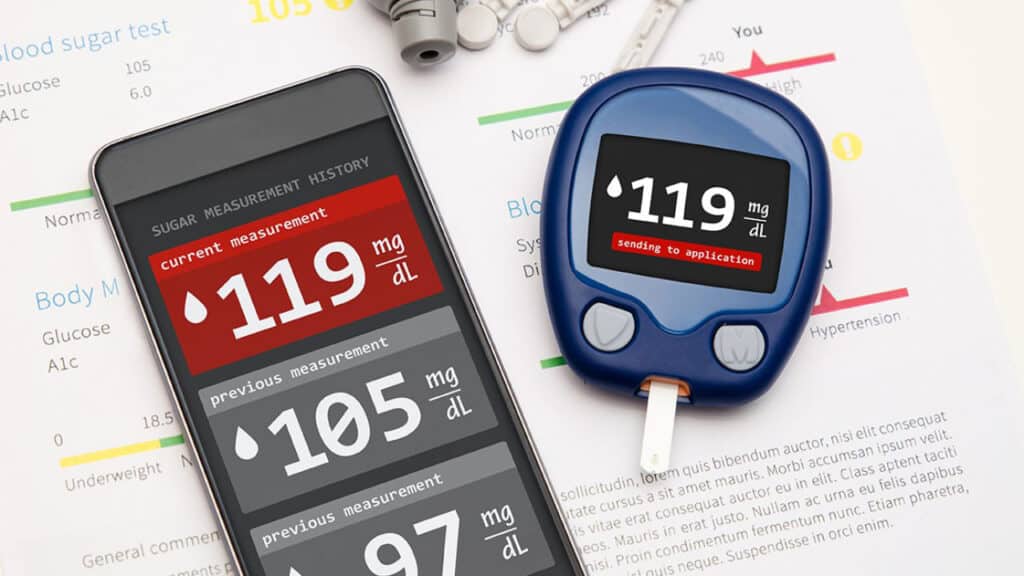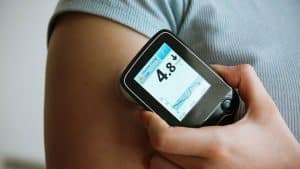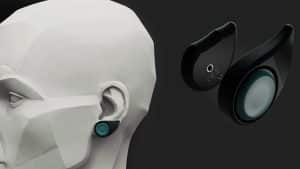As the diabetics among you are all too aware, your blood sugar level is pretty important. If it’s too low, you could experience health problems. If it’s too high, it can cause other problems. That means it’s pretty helpful to know when and how to measure it.
Low blood sugar has lots of possible symptoms that show up differently for everyone. Common signs include dizziness, sweating, shaking, confusion and anxiety. You may be extra hungry. For high blood sugar, you might feel tired and thirsty. You’ll probably need to urinate more. Your eyesight may go blurry.
You can develop low blood sugar from too much insulin or other diabetes medications, but it can also be associated with extra exercise or even just missing a meal. High blood sugar tends to result from opposite causes, like not enough insulin, eating too much, or more general stress or illness.
Now you know what you’re looking out for and where it all starts, but how do you actually measure your blood sugar? The answer is with a glucose meter, sometimes called a glucometer. You can find them in doctor’s offices and hospitals, but there are also models that you can carry around with you. That’s important if you have diabetes or other long-term blood sugar problems as it means you can keep monitoring throughout the day.
Glucose meters generally test a small sample of blood. This can usually be obtained from your fingertip. The blood is then placed on a strip that contains chemicals that react to blood sugar. Your blood sugar level will then appear on the display. Another method involves a continuous glucose monitor, which involves inserting an electrode under the skin.
Certain times of day are particularly important if you’re testing your blood sugar on a regular basis. They include first thing in the morning and last thing at night, as well as just before and a couple of hours after eating. Some diabetics may need to check more regularly, including before and after exercise. Your doctor will be able to advise you on an appropriate schedule and the ideal blood sugar levels for you.
It’s not only diabetics who need to monitor their blood sugar. Anyone can see potentially dangerous variations for a number of reasons, so it’s important to know what to look for and how to check.




